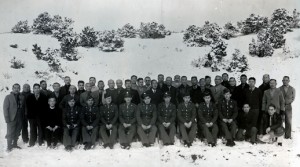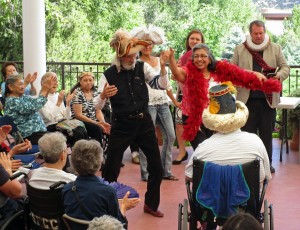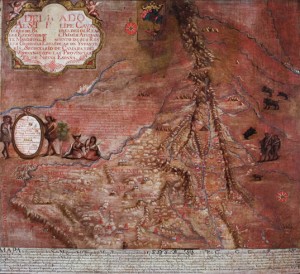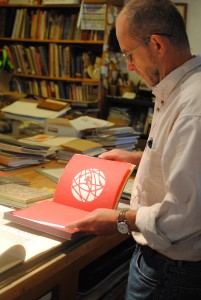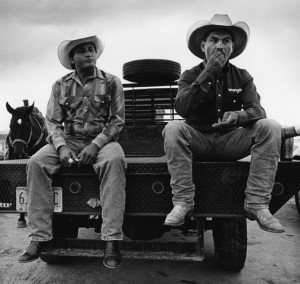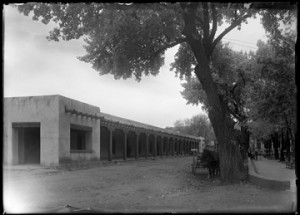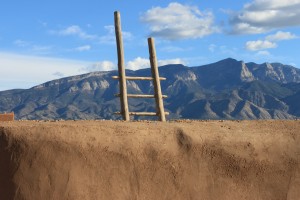
1963 Chevrolet Impala, Owner Lee Cordova of Alcalde, NM, 1998. Jack Parsons, photographer. Palace of the Governors Photo Archives HP.2007.11.
¡Orale! Take a ride into the creative reimaginings of American steel as captured in photographs, hubcaps, hood ornaments, car show banners and, yes, actual cars. Lowriders, Hoppers, and Hot Rods: Car Culture of Northern New Mexico, opening May 1 (through March 5, 2017) focuses on mobile works of art and their makers—home-grown Nuevomexicanos who customize, detail, paint and upholster these favorite symbols of Hispanic culture.
Photo Curator Daniel Kosharek has pulled together an extensive collection of images by Don Usner, Annie Sahlin, Jack Parsons, Sam Adams, Norman Mauskopf, Dottie Lopez, Gabriela Campos, Meridel Rubinstein and others. In addition, visitors will see a chromed and touchable engine, miniature-scale model-car collections, trophies, memorabilia and other ephemera. The museum lobby will host a rotating selection of cherry examples.
And the thrill ride doesn’t stop there.
On May 20, the New Mexico Museum of Art will unveil an exhibit curated by Katherine Ware showing photographs and art inspired by car culture. Also in May, the Museum of New Mexico Press will release a companion book featuring essays by Ware and Usner.

